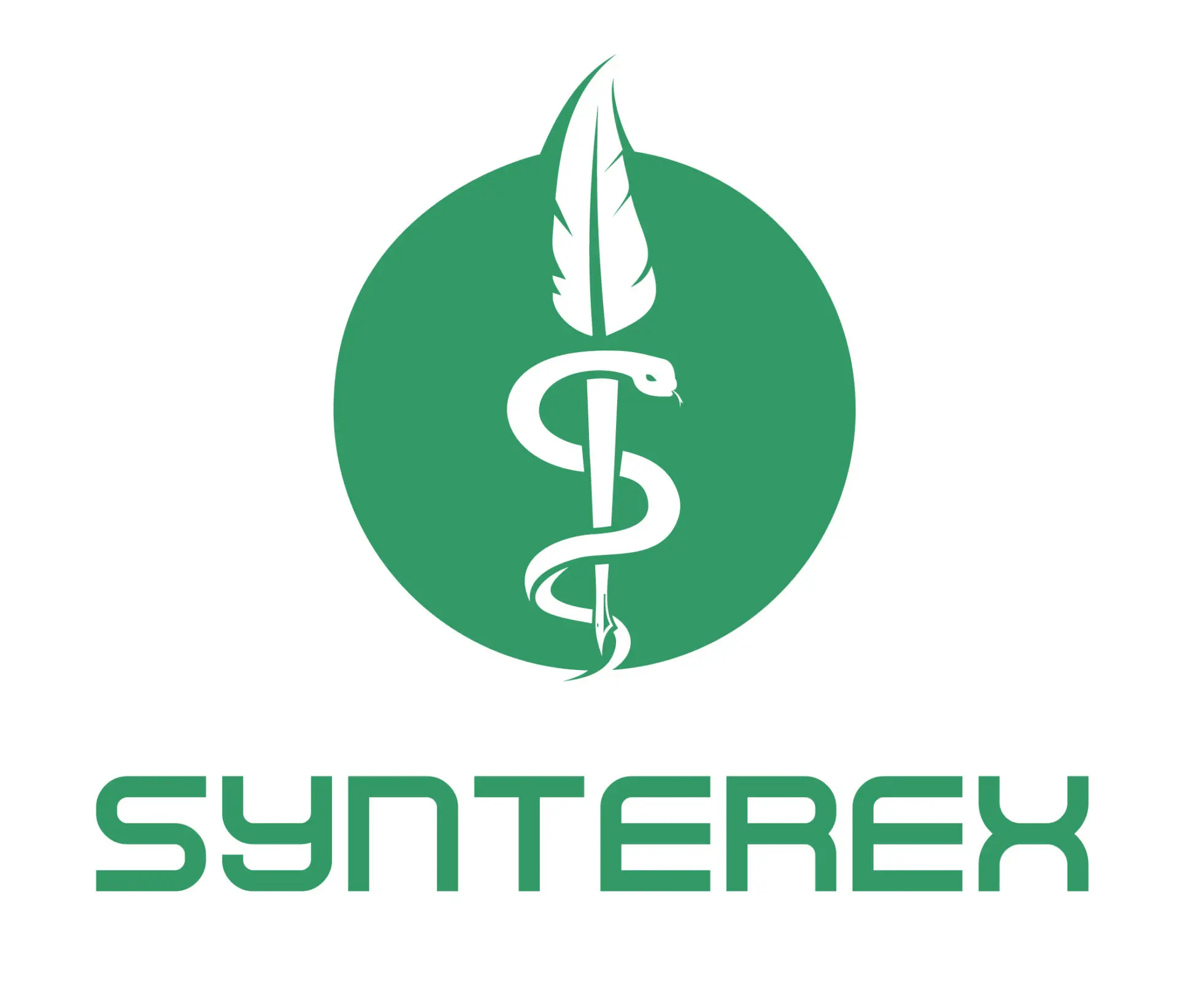People started becoming afraid of aspartame after its labeling as “possibly carcinogenic to humans” by the World Health Organization (WHO) on July 13, 2023. Since then, there has been ongoing discussion about aspartame’s carcinogenic potential.
What is aspartame?
Aspartame was an accidental discovery by James M. Schlatter in 1965 that went on to become an FDA-regulated food additive and a ubiquitously utilized sucrose (table sugar) alternative. It is metabolized into phenylalanine (50%), aspartic acid (40%), and methanol (10%) by gastrointestinal tract (GI) esterases and peptidases. Aspartame is 200 times sweeter than natural sugar, thus providing the desired sweetness without spiking blood sugars and calories. This made it a favorable artificial sweetener in food products marketed as sugar-free, such as diet soda.
How much is too much?
The FDA has established an acceptable daily intake (ADI) level for aspartame, which is the amount that’s considered safe to consume on a daily basis over a person’s lifetime. The FDA’s acceptable daily limit for aspartame is 50 milligrams per kilogram of body weight per day (mg/kg/day), while the WHO/Food and Agriculture Organization (FAO) Joint Expert Committee on Food Additives (JECFA) and European Food Safety Authority (EFSA) have a slightly lower ADI for aspartame of 40 mg/kg/day.
A safe option?
The aspartame debate started with its labeling as “possibly carcinogenic to humans.” WHO classification is largely based on the evaluation of a NutriNet-Santé cohort study and a pre-clinical study suggesting carcinogenicity risk (breast cancer, obesity-related cancer) associated with aspartame intake. These available data underscore the need for more animal and human data and a re-evaluation of our food culture and practice of moderation.
The experts advised caution while interpreting aspartame data, citing that observational studies are correlative and not suitable to define cause and effect, and animal studies are not extrapolative enough. But it still does not absolve concerns raised by the WHO classification and the need for further data in light of conflicting evidence.
What does the FDA say?
As discussed, the FDA has set the ADI of aspartame to 50 mg/kg/day. A consumer needs to eat “75 packets of aspartame (i.e., NutraSweet) a day” to reach this ADI. Thus, it’s highly unlikely to face safety issues with moderate consumption of aspartame sweeteners or diet sodas. Let’s not forget that dose defines toxicity. Further, FDA is not in agreement with the WHO classification, citing limitations of the evaluated data. The Agency states that aspartame is safe to use under the approved limit (i.e., ADI: 50 mg/kg body weight). Besides, regulatory and scientific authorities, such as Health Canada and the European Food Safety Authority (EFSA), have evaluated aspartame and also consider it safe at the permitted exposure. FDA also considers the fact that even WHO and JECFA are not changing their ADI of aspartame, which is slightly lower than the FDA’s at about 40 mg/kg/day.
Should we stop consuming food with aspartame?
This is a question of personal choice. The scientific opinion advocates the ADI-based safety of aspartame usage. However, we should be cognizant that consuming aspartame means feeding ourselves ultra-processed food, which is essentially not an optimal food choice.
WHO classification points to a lack of scientific evidence and brings us to the most basic question: What is a balanced and healthy diet? Does simply substituting natural sugar with aspartame do magic? The answer is subjective and relies heavily on the results to be unfolded in future studies conducted with aspartame.
